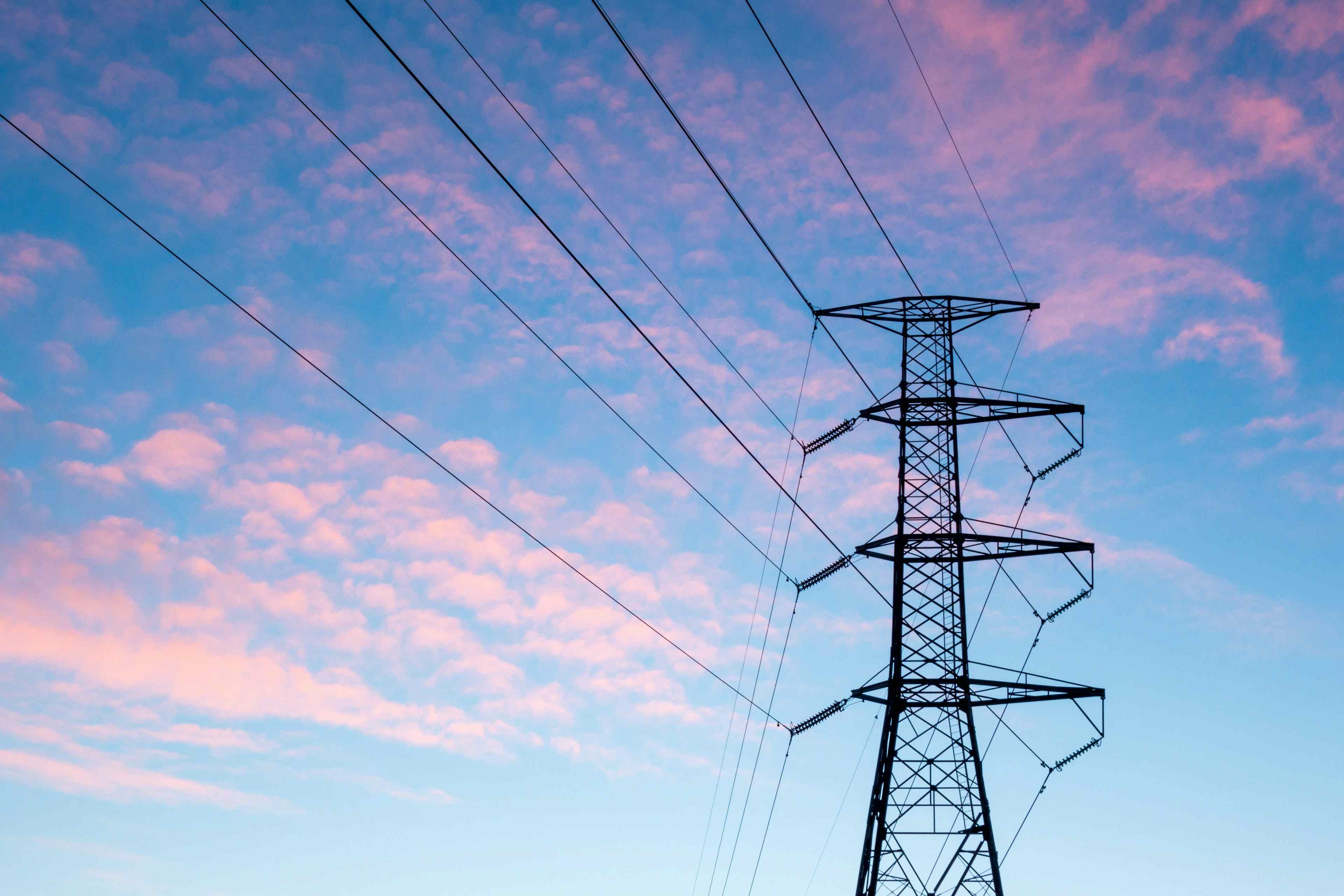Decarbonization of electricity production: a system under pressure
Review of the electricity sector in 2021
Summary
Electricity stands at the forefront of energy transition challenges. While the power sector is responsible for over a third of global energy related GHG emissions, it also holds the key to decarbonization. The electrification of end-use consumption with low-carbon production sources is crucial for decarbonizing the various economic sectors.
Efforts to decarbonize the global power system are multiplying. In 2021, investments in renewable generation exceeded $440 billion, four times the amount invested in fossil-fired power plants in the same year. As a result, the share of renewable energies in the global electricity mix is steadily increasing. This increase has been mainly driven by the development of solar and wind power, which have recorded the highest growth rates in the sector. On average, the combined output of solar and wind farms has risen by 22% annually over the past two decades, and their share of the global electricity mix reached the 10% threshold for the first time in 2021.
Yet, current decarbonization efforts are falling short. The International Energy Agency (IEA) suggests that to align the global economy with the NZE (Net Zero Emissions) scenario and cap global warming at 1.5°C, transition investments need to triple by 2030[1]. Presently, these investments are unevenly distributed, with the bulk concentrated in China and developed nations. Furthermore, despite the growth of low-carbon energies, our reliance on fossil fuels remains undiminished. Coal, alarmingly, is still the dominant source of electricity, contributing to over a third of worldwide production. Even more concerning, 2021 set new highs in coal-fired electricity output, leading to a record level of greenhouse gas emissions from the sector.
Nevertheless, a transition is underway. Renewable energy production costs have significantly decreased in recent years, and the technologies are maturing rapidly with global deployment accelerating. Sector companies, recognizing the urgency of the climate crisis, are reevaluating their business models, and pivoting towards decarbonized production sources.
In this study, we analyzed 153 companies in the electricity sector using the Carbon Impact Analytics (CIA) methodology. These companies account for over a third of the world's electricity production and more than three-quarters of the sector's global market capitalization. Studying the results of these analyses enables us to assess the features of the energy transition, compare the performance of the various players and evaluate the alignment of their transition strategies with different climate scenarios.
Key messages
- Among electricity producers, we observe two diametrically opposed groups: those who produce exclusively decarbonized electricity on the one hand, and fossil fuel players on the other. Among the integrated players (both producers and electricity transporters and/or distributors), we observe few fully decarbonized profiles.
- The most polluting players have made marginal reductions in their carbon intensity over the past five years. While many of these entities have set emission reduction goals, these targets often lack ambition and do not align with the aim of limiting global warming to below 2°C.
- Some companies stand out as exceptions. PGE Polska Grupa Energetyczna is the most polluting company in the sample (in terms of intensity, expressed in tCO2 e/MWh produced). The Polish producer has published a highly ambitious transition strategy aimed at moving away from coal (90% of its energy mix) and achieving a 50% share of renewables by 2030, before moving to 100% renewables by 2050.
- Decarbonization is possible on a producer scale, and certain entities are actively demonstrating its feasibility. Ørsted has registered the most significant decrease in carbon intensity among its peers. The Danish producer has achieved a spectacular transformation of its energy mix in a decade. In 2008, the company generated 80% of its electricity from fossil fuels, with coal contributing 50%. Today, it is the world leader in offshore wind power. Its production mix is over 90% carbon-free.
- Global electricity decarbonization is in progress, though the momentum differs across regions. In Asia, the challenge of skyrocketing electricity demand keeps most countries anchored to coal, which represent over half of the total power production. Conversely, Europe and North America have witnessed a significant reduction in coal's contribution to their electricity mix over the last twenty years, with gas—especially shale gas in the U.S.—filling the gap. Meanwhile, the proportion of solar and wind energy in the energy mix is on the rise across all these continents, albeit at varying rates.
- Grid operators play a crucial role in integrating large volumes of intermittent energy sources, such as solar and wind, which demands flexibility to ensure grid stability. Some operators are actively pursuing this challenge, formulating comprehensive investment plans to modernize their networks in response. However, others appear less engaged in addressing climate concerns, with the integration of emerging renewable energies being minimal or entirely missing from their strategic priorities.
Download the review in english




